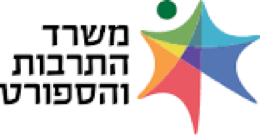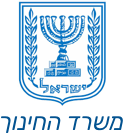The Genius and Holy Boyaner-Krakow Rebbe – 80 Years Since His Murder in Auschwitz, Elul 3, 5703/Sept. 3, 1943
Rabbi Moshe (“Rabbi Moshenu”) Friedman of Boyan-Krakow, may G-d avenge his blood, son of Rabbi Shalom Yosef, grandson of Rabbi Israel of Ruzhin, was born on Purim 5641 (1881) in Hosatyn, Ukraine.
Upon his father’s passing when he was a toddler, about two years old, Rabbi Moshe Friedman was raised by his grandfather, Rabbi Mordechai Shraga, the Rebbe of Hosatyn, and then his uncle, Rabbi Israel. When he was twenty years old, in the year 5661 (1901), he established his home with his rebbetzin, Miriam, the daughter of Rabbi Menachem Nachum of Boyan, and they moved there. There, he continued to labour in the Torah and became known as a scholar and a follower of the Torah in all its areas.
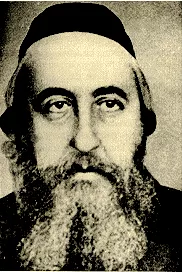
At the outbreak of the First World War he fled with his entire family to Vienna, where he met many rabbis and chassidic rebbes among the refugees.
Apart from his greatness in the revealed and hidden Torah, in precision, diligence and scholarship, in the ruling of Halacha and in the fear of God, the Rebbe was well versed in the world’s in the public’s needs. He was appointed as a member of the Council of Torah Sages of Agudath Israel and was one of the leaders of Polish Jewry.
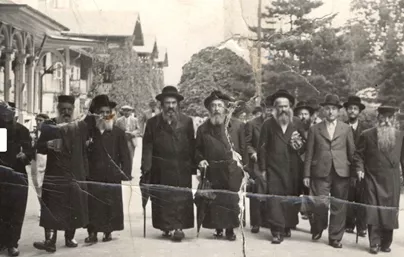
In the healing town of Truskawiec with Rabbi Yaakov Dan of Strykow and other great men of the generation
The Rebbe was revered by wide audiences and considered one of the greatest of the generation in all respects. Rabbis from all denominations and circles admired his greatness and holiness, and as reflected in Rabbi Zvi Yehuda HaCohen Kook’s words after he met the Rebbe in 5681 (1921):
“I would also like to mention the young Rebbe of Boyan, who is perhaps the most important of the rabbis sitting here, great in the revealed and in the hidden (aspects of the Torah) and knows the world and is also connected to the holiness of the Land of Israel, diligent in Torah and work, and righteous and truly God-fearing, and has great talent and a charitable nature.”
At the end of the summer of 5685 (1925) he moved to Krakow and from there he enlightened the world, and since then he has been known as the Rebbe of Boyan-Krakow.
In 5694 (1934), after the death of the Rabbi Meir Shapira, head of the the Chachmei Lublin yeshiva, the Boyaner-Krakow Rebbe was appointed president of the yeshiva’s spiritual committee.
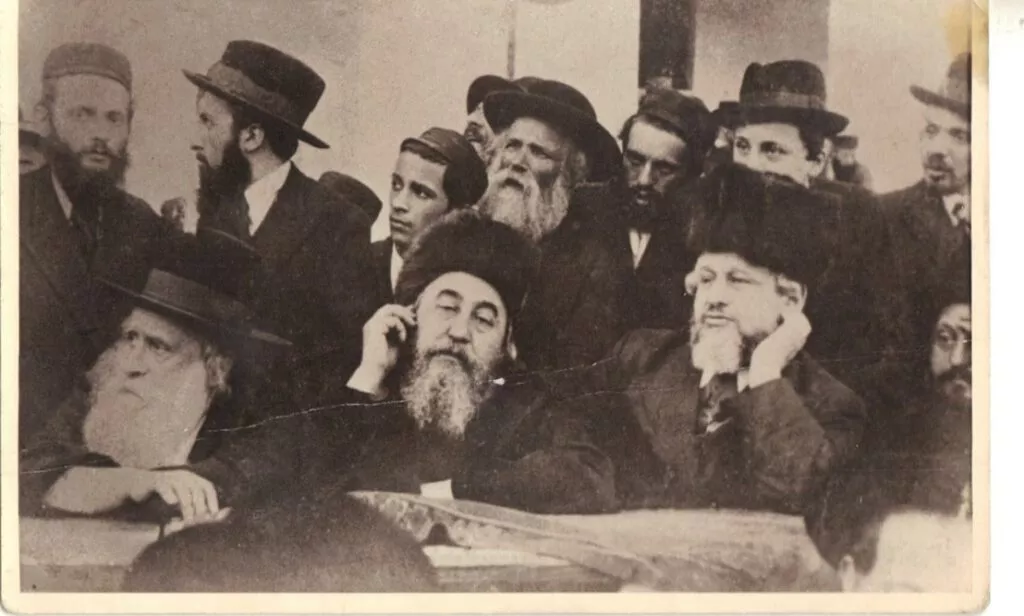
At the inaguration of the Chachmei Lublin yeshiva. Rabbi Mordechai Shalom Yosef of Sadigora can be seen.
At the beginning of the Nazi occupation, the Rebbe stayed in Krakow and in the winter of 5701 (1942) fled to the Tarnow Ghetto, where he lived with the family members of his distinguished follower, Rabbi Yisrael Marcus. Even in the ghetto, he continued to lead his congregation, to manage “tables” and to answer difficult and complicated questions that the time period caused.
In the month of Sivan 5702 (Spring 1942), the aktions (roundups) began in the ghetto. The Rebbe managed to be admitted to a hospital under the assumption that it was safer there, and after a while he returned to his home and prayed there with a reduced minyan (prayer quorum). On the eve of Rosh Hashana, he was able to pray in the minyan in the attic, despite another aktion being held at the time. In Kislev 5703 (10.11.1942) the rabbi was forced to leave his home and hide in the home of one of his followers. In the meantime, many efforts were made to rescue him from the Nazis’ hands.
On Elul 2, 5703 (Sept. 2, 1943), the last aktion was held in Tarnow. At first, the Rebbe decided not to go to the concentration point but to go back to hide in the bunker. However, for some reason he changed his mind and went with everyone to the concentration point. After one of the Judenrat members tried unsuccessfully to remove him from the group destined for extermination, the Rebbe and his rebbetzin, along with 7,000 other Jews, were taken by train to Auschwitz in crowded cars filled with lime.
The Rebbe arrived in Auschwitz, according to witnesses, on Elul 3. And so a member of the Sonderkommando (the group who was forced to work in the gas chambers and crematoria), the rabbi of Makow Mazowiecki, the genius Rabbi Aryeh Yehuda Leib Langfus, may G-d avenge his blood, wrote in writings, which were found after the war:
“When he undressed along with everyone else, the Nazi commander entered the hall. Rabbi Moshe Friedman approached him, and grabbing him by the lapel of his garment addressed him in German: ‘You are the terrible and abominable murderers of the world, do not pretend that you will destroy the people of Israel, the people of Israel will live forever and will not disappear from the stage of history. But you are vile murderers, you will pay a high price, for every innocent Jew you will pay with the lives of ten murderers, you will become erased and disappear from the nations. The day of your vengeance approaches, His (G-d) blood spilled from your hands will be demanded and will not find rest until His burning anger is poured out on you and your animalistic blood is destroyed.'”
“His words were spoken in a deep voice and with great force. He put on his cap and exclaimed with great enthusiasm: ‘Shema Yisrael’ (Hear Oh Israel), and together with him all those present recited different readings. It was a moment of spiritual transcendence that has no precedent and example in human life, a moment that proves the perseverance of the Jews.”
(Megillat Auschwitz, Bar Mark, Am Oved Publishers, Tel Aviv 5738/1978; BeSeter Ra’em, Mosad HaRav Kook Publishers, page 412)
Rabbi Moshenu wrote many answers in response to the questions of the rabbis of the generation. Before the Rebbe was deported to his destruction, he buried his writings in the basement of his house, but they were never found. Many of his letters, which included answers and many Torah words that he said, were sent to London, but were burned there during one of the shellings. A few of his rulings, innovations, and words of his Torah have survived and were published in the responsa book “Da’at Moshe” (Jerusalem, 5707 and 5744 – 1947 and 1984).
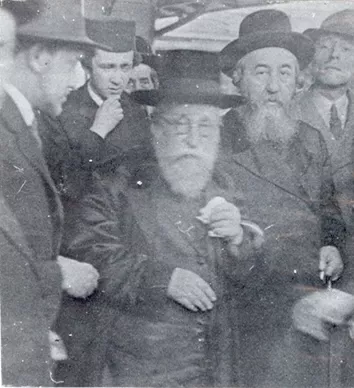
With the Kopyczyńcer Rebbe
Sources: Zachor website, Wikipedia, Torat HaChassidut pg. 87, Admorim She’naspu Ba’Shoah pg. 224, Da’at Moshe – introduction and chapter on his life, Toratecha Lo Shachachti
